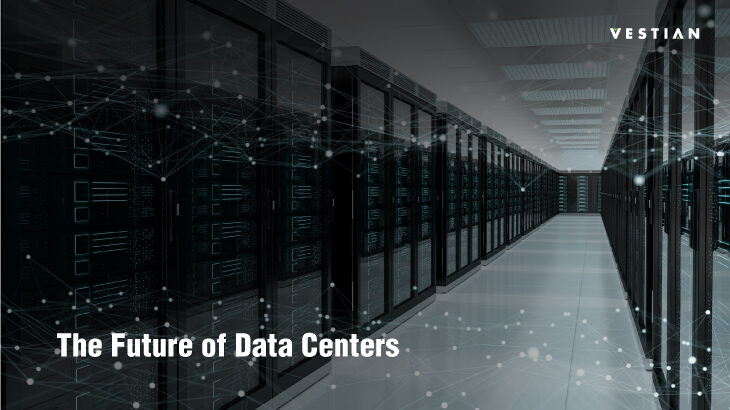India’s data center industry is set to touch $3.2 billion in the next five years. Digital India, Smart cities development, policies around data localization as well as digitization of industries such as financial services, e-commerce have further fueled the demand for data centers in India. In fact, a policy enabling private sector to build data center parks in the country was announced this Union Budget. India is not the only country thinking along these lines. Several other countries are also mulling over ways to strengthen and secure their respective country’s digital data.
Data center operations was to see giant strides in the year 2020, from innovation to structure and expansion. While the recent pandemic has put the spanner in the works, the importance of data centers and sovereignty of data are two points that have emerged as critically important.
Continued expansion of services like AWS, Google Cloud Platform, Azure and social networking services such as Facebook, Instagram & Twitter relying heavily on cloud, also add to the huge amounts of data being churned. Nearly 90% of data center traffic, a combination of private and public, will center around the cloud, in addition to cluster of information from apps and services. With huger dependence on IoT devices for a number of services and usage of cloud across varied platforms, this centralised network is not the most secure option for IoT devices. Hence we will see wider adoption of EDGE computing; especially with the advent of 5G services. Edge computing makes it possible to collect and analyze data at the location instead of transmitting data back to a centralised cloud, to help maintain data safety and efficiency. 10 times faster than 4G networks, 5G network can handle/ manage millions of devices per square mile, allow distant sensors to instantly update connected devices. It is set to bring faster and denser streams of data, which will increase the data center capacity, making them much more in demand than ever before.
Add to it, in the wake of the ongoing pandemic, businesses have had to embrace work from home model and there is more reliance on virtual meetings, and other IOT based virtual platforms. The question then arises is how safe is a company’s data on any of these platforms? We recently heard of the Zoom privacy and security issues which led to a backlash against Zoom, and in early April New York City public schools moved to ban Zoom meetings, and other school systems followed the same. Thus, the focus has shifted to data security and the importance of data centers.
Data sovereignty is the other aspect that is in focus. It is when the data is subjected to the law of the country in which it is collected or processed, irrespective of the location of the data servers. Many countries have laws specified that state that data created in a country must be stored in the same country. With such huge amounts of data being churned, it is necessary to have proper data localization laws and regulations on how data can be processed in a certain territory. The need for data localization is rapidly evolving and has been recently enforced in countries like China, Iran, Brazil, India, Australia, Korea and Russia. Few of these countries have imposed a ban on the overall transfer of data, while others have even imposed specific restrictions on transfer of data for sectors like finance and health, based on protecting their citizens sensitive data. These policies often result in slowing down of operational processes, resulting in forced data localization. The biggest setback for companies complying with data localization laws is to determine the category of data needed to be stored locally and what can be moved abroad.
Hence, there has been a rise in demand for data centers, which has already led to a scarcity of land to build new centers, posing a challenge for many businesses to house their data centers within the right infrastructure.
It is not only the paucity of land that can impact data centre industry, but also the vast amounts of energy usage. Efforts are afoot to create a sustainable model, where data can be stored securely, while minimally impacting the environment. Whatever the other aspects be, considering the amount of data currently used and the growing number, it goes without saying that the role of data centers is going to exponentially grow in the coming years.
